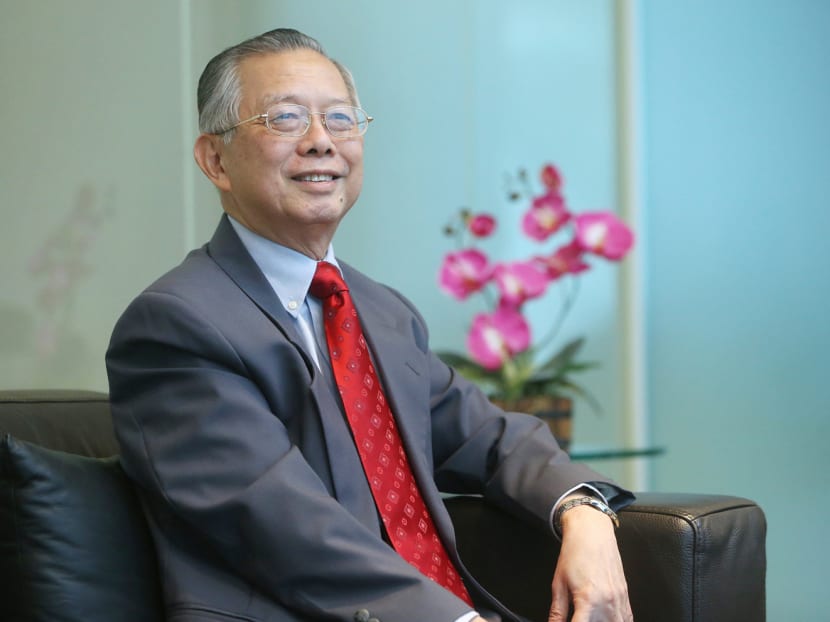‘Singaporeans must unite to face security threats’
SINGAPORE – The risk of Singaporeans becoming more complacent about the nation’s security remains as much of a concern today as it was 32 years ago, when the times were much more peaceful.

Lim Siong Guan, also known as ‘the architect of Total Defence’, warns of the danger of complacency when it comes to the nation’s safety and security. Photo: Ooi Boon Keong
SINGAPORE – The risk of Singaporeans becoming more complacent about the nation’s security remains as much of a concern today as it was 32 years ago, when the times were much more peaceful.
And even as new threats emerge, the issue of such complacency has been compounded by the fact that Singapore society has become more diverse, said former civil service chief Lim Siong Guan, also known as “the architect of Total Defence”.
Hence, it is even more important for Singaporeans to stand together and work towards a common end, he told TODAY in an interview ahead of Total Defence Day on Feb 15.
As our “uncertain, volatile” world evolves, hammering home that message for younger Singaporeans today is also a challenge that the Government must grapple with, he added.
Mr Lim was part of a group of pioneers who mooted the Total Defence concept in 1984.
In developing the concept, Mr Lim and his colleagues took into account three things.
Firstly, recognising that Singapore is a small country and coming up with a way to mobilise its resources.
The Government also wanted something that was already working in other countries, such as Switzerland and Sweden.
Finally, the Total Defence concept must be applicable during times of peace, too.
The concept encompasses five key aspects — military, civil, economic, social and psychological defence — and focuses on the need for every Singaporean to play his or her part in defending the nation.
As such, psychological defence, not military or civil defence, is the most important aspect, Mr Lim said.
“If Singaporeans don’t have that sense that they want to stand up for the country because this is the place which offers them the best opportunities to build their future, then everything else breaks down.
“Perhaps, that ought to be emphasised more and brought home in a much stronger way, so people understand that total defence starts with families and homes, schools and workplaces — (it) does not start with army camps and fire stations,” he added.
Looking ahead, Mr Lim said it is important for Singaporeans to have conversations among themselves on what Total Defence means.
With more diverse viewpoints, the question of maintaining harmony becomes more important, he noted.
Pointing to recent developments, such as terrorism incidents and cybersecurity threats, Mr Lim said Total Defence has not lost its relevance today in tackling the “threat to peace and security”, though the situation is “not a full-scale war of sorts”.
“We run the danger of complacency if there is peace and security, and life is reasonably comfortable down here.
“You can easily think it’s a natural state of events. But if you think more deeply about it, you’ll come to a different conclusion about what’s being done to achieve that peace,” he added.
“Even though we may say (terrorist attacks elsewhere are) an illustration of what could happen in Singapore, we still have to make a deliberate effort to have people think about it, and think about what the country needs to do, in order to maximise our chances of maintaining peace and security,” Mr Lim said.








